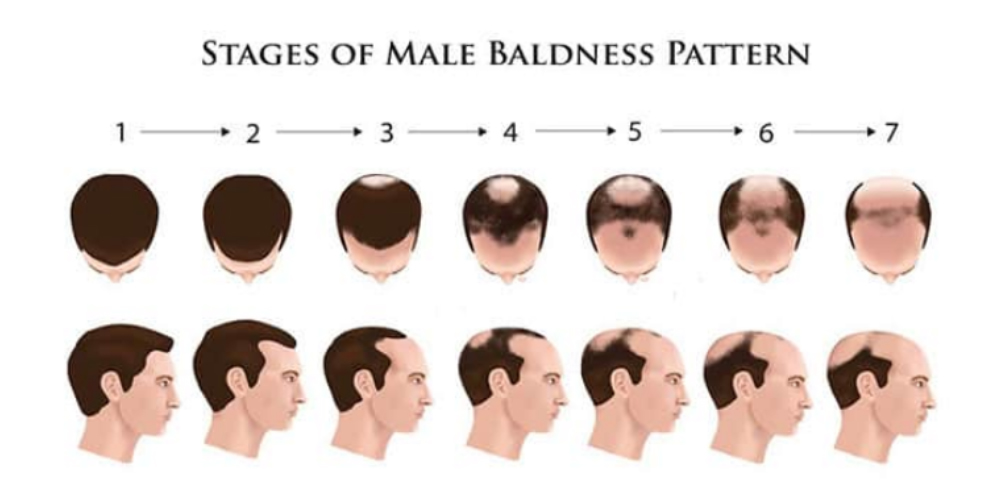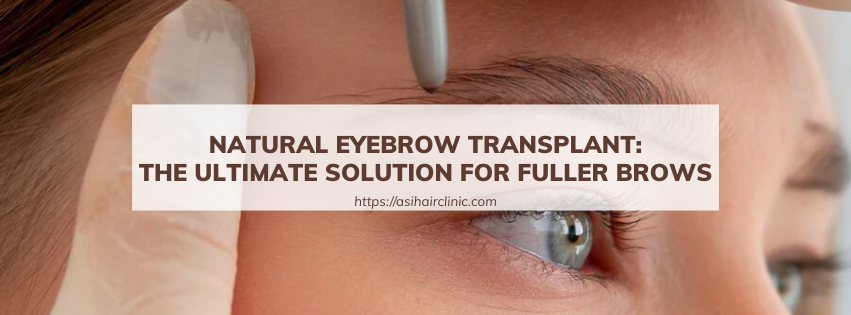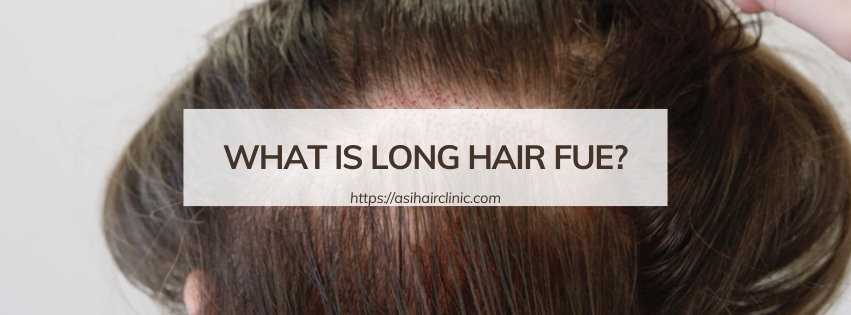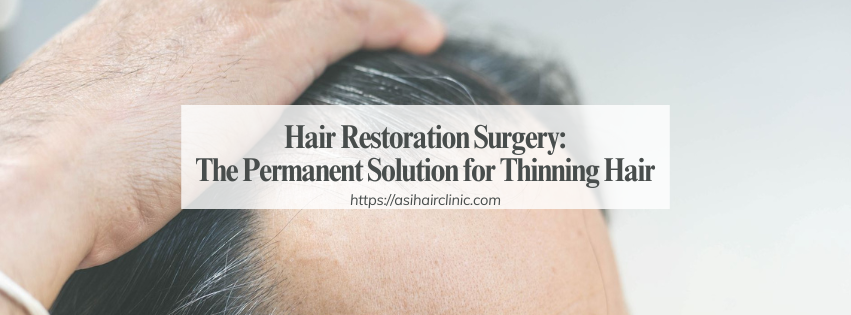What is FUE hair transplant? Should I get FUE hair transplant?
Hair loss is a common problem that affects millions of people worldwide. While it can be caused by a variety of factors, including genetics, stress, and medical conditions, it can have a significant impact on self-esteem and quality of life. In recent years, hair transplant surgery has become increasingly popular as a permanent solution to hair loss. One of the most common techniques used is Follicular Unit Extraction (FUE), which has gained significant traction for its minimally invasive approach and impressive results.
What is FUE Hair Transplant?
FUE hair transplant is a minimally invasive surgical procedure that involves extracting individual hair follicles from a donor area, usually the back or sides of the head, and transplanting them to the balding or thinning areas. The procedure is performed under local anesthesia, making it relatively painless. Unlike older techniques like strip harvesting (FUT), which involves removing a strip of skin from the donor area, FUE focuses on individual follicles. Tiny punches are used to extract the follicles, leaving behind small, circular dots on the scalp that heal quickly with minimal scarring.
The Process of FUE Hair Transplant
FUE hair transplant typically takes several hours and is done on an outpatient basis. The first step is to identify the donor area, usually the back or sides of the head, where the hair follicles are genetically resistant to balding. This area is then numbed with a local anesthetic, and the follicles are extracted one by one using specialized instruments. The extracted follicles are then sorted and prepared for transplantation.
Next, the recipient area, where the hair will be transplanted, is numbed with a local anesthetic. Using tiny incisions, the surgeon creates recipient sites in the desired pattern and density. Finally, the extracted follicles are carefully placed into the recipient sites, taking into consideration the natural direction and angle of hair growth for a more natural-looking result.
Benefits of FUE Hair Transplant
One of the main benefits of FUE hair transplant is its minimally invasive nature. Unlike strip harvesting, which involves a long incision and stitches, FUE only requires tiny punches to extract the follicles. This results in minimal scarring and a quicker healing time. Additionally, because individual follicles are extracted, the surgeon can strategically place them in the recipient area, resulting in a more natural-looking hairline.
FUE also has a higher success rate compared to older techniques. This is because the extracted follicles are not as susceptible to damage during the extraction process. They also have a higher survival rate once transplanted, leading to better overall results.
Another advantage of FUE is that it can be used for patients who have limited donor hair. With traditional techniques like FUT, the entire donor area may need to be utilized, leaving little room for future procedures. However, with FUE, individual follicles can be selectively extracted, allowing for multiple procedures if needed.
Drawbacks and Considerations of FUE Hair Transplant
While FUE has many benefits, there are some drawbacks and considerations to keep in mind before undergoing the procedure. One potential downside is the cost. FUE hair transplant can be more expensive than other hair restoration techniques, often due to the specialized equipment and expertise required.
Patients should also be aware that while FUE leaves minimal scarring, it does still involve multiple small incisions on the scalp. These tiny dots may be noticeable if the hair is worn very short, and it's important to discuss this with your surgeon beforehand.
In addition, FUE may not be suitable for all hair types and patterns of hair loss. Those with advanced hair loss or those who have a large balding area may not have enough donor hair for a successful procedure. It's essential to have a consultation with a qualified surgeon to determine if you are a suitable candidate for FUE.

Recovery and Aftercare
After the FUE hair transplant procedure, patients may experience some minor discomfort and swelling, but this can be managed with pain medication and cold compresses. Most patients can return to work and normal activities within a few days of the procedure. However, it's important to avoid strenuous activities that could affect the healing process.
In the first few weeks after the procedure, the transplanted hair will shed, but this is a normal part of the process. New hair growth should begin in about three to four months, and full results can be seen within 8-12 months. Patients should follow their surgeon's instructions for aftercare to ensure the best possible results.
Potential Risks and Complications
As with any surgical procedure, there are risks and potential complications associated with FUE hair transplant. These may include bleeding, infection, and scarring. However, these risks are rare, and the vast majority of patients experience a smooth recovery without any complications.
It's crucial to choose a qualified and experienced surgeon to reduce the risk of complications. Be sure to research the surgeon's credentials, read reviews, and ask to see before and after photos of previous patients.
Is FUE Hair Transplant Right for You?
The decision to undergo a hair transplant is a personal one, and it's essential to weigh all the factors before making a choice. Here are some things to consider when determining if FUE hair transplant is right for you:
Severity of Hair Loss
FUE hair transplant is most effective for individuals with early to moderate stages of hair loss. For more advanced cases, it may not provide enough donor hair for satisfactory results.

Budget
As mentioned earlier, FUE hair transplant can be more expensive than other hair restoration techniques. It's essential to consider the cost and whether it fits into your budget before making a decision.
Hair Type and Pattern of Hair Loss
FUE is most suitable for those with straight or wavy hair. Those with curly hair may not be ideal candidates as the follicles can be more challenging to extract and transplant. The pattern of hair loss is also a crucial factor in determining if FUE is a viable option. A consultation with a qualified surgeon can help determine if your hair type and pattern are suitable for FUE.
Personal Goals and Expectations
It's important to have realistic expectations when considering any hair restoration procedure. FUE can provide natural-looking results, but it's crucial to understand that it may take several months to see full growth, and multiple procedures may be necessary for optimal results.
Conclusion
Hair loss can have a significant impact on self-esteem and quality of life. Fortunately, advances in technology and techniques have made hair transplant surgery a viable and effective option for those experiencing hair loss. FUE hair transplant is a minimally invasive, safe, and proven method for restoring hair and improving one's self-confidence. By considering all the factors and discussing your options with a qualified surgeon, you can determine if FUE hair transplant is the right choice for you. Remember to do your research, choose a reputable surgeon, and have realistic expectations for the best possible results.
LATEST POSTS








